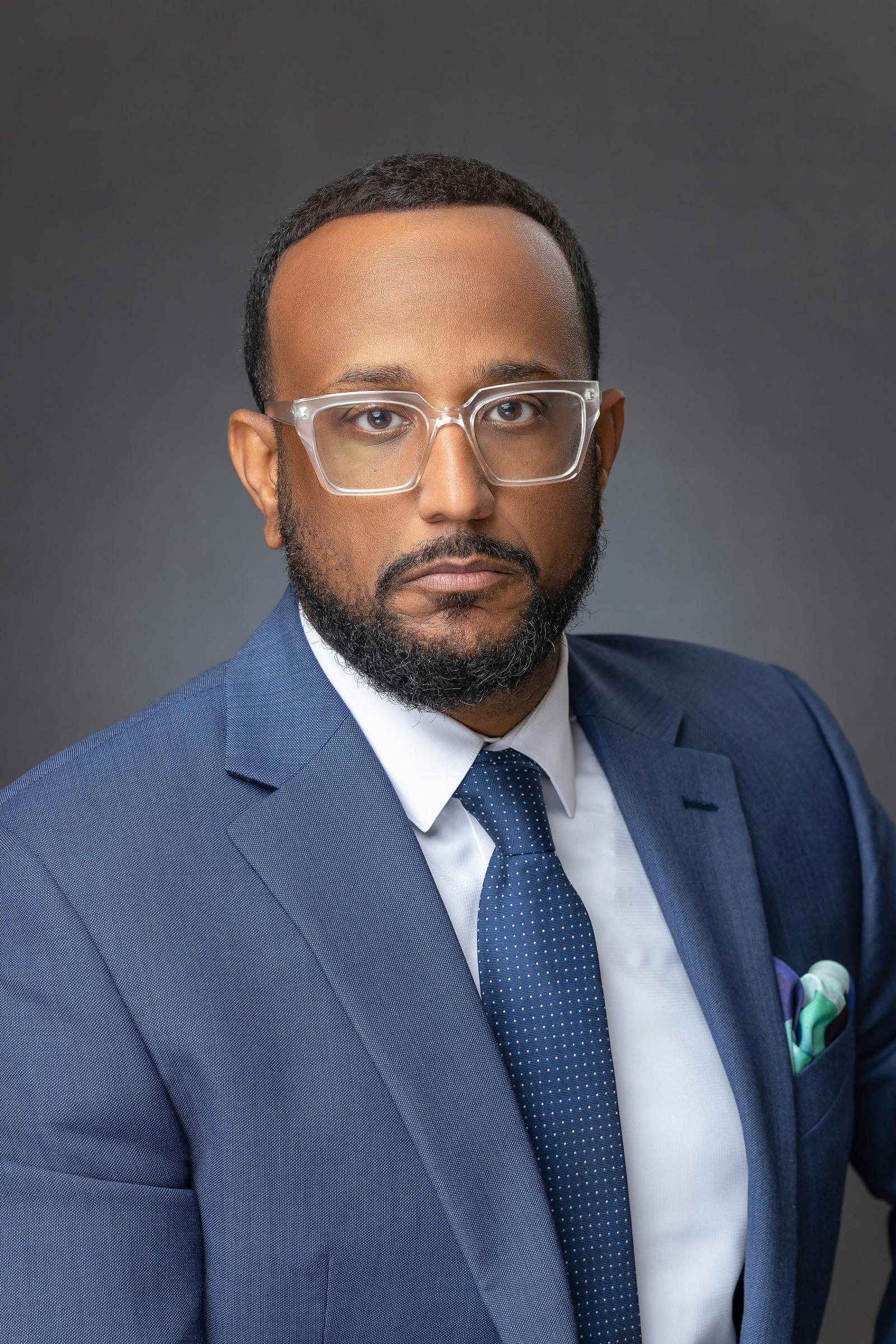In recent years, gun violence has become an epidemic affecting communities nationwide, infiltrating places like schools, places of worship, and even everyday spaces like grocery stores and offices. The widespread impact raises challenges in navigating complex societal, political, and ethical dimensions. We talked with Roger A. Mitchell, Jr., MD, director of Centers of Excellence for Trauma, and Violence Prevention, about why gun violence plays such a prominent role in America’s daily life.
Q: What are some prominent scenarios that can bring about gun violence?
A: At its core, gun violence in communities like ours is found in the lack of access to education, economics, housing, healthcare, criminal justice and environmental justice. The disparate access to these social determinants of health make any individual scenario of gun violence complex. There are scenarios where there has been a social media-driven and/or community- based beef that can drive gun violence. There are scenarios where gun violence is based on drugs or money. When we think about gun violence, we cannot forget domestic violence and suicide. Suicides are on the rise among women, and adolescent boys, and girls. Often there is some life-changing events and potentially some history of mental health issues that can lead to suicide related gun violence in our community.
Q: Are we currently in a crime wave?

A: I’d separate crime from violence. In our community, both crime and violence come from a place of lack, and a place of need. What leads to crime is a lack of access in six major areas that we described before: education, economics, housing, healthcare, criminal justice and environmental justice. When there’s a lack of access in those six areas, there are risk factors for engaging in violent behavior. That is why it is critical for our prevention efforts to be focused on improving access. Let me be clear, not everyone who comes from a place of lack is violent and not everyone who has abundant access is peaceful so there are other confounders that can lead to an individual deciding to be violent in any given situation.
Q: What are some disparities in communities facing gun violence?
A: Jobs, education, and housing are probably the most important disparities seen in our communities faced with gun violence. I have a particular lens for Black men. Black men in particular are at a higher risk, because there is a history and legacy of a lack of access. The impact of structural racism over generations has put us in a place where we’re in fatherless homes without the examples of what manhood really is. Black girls are growing up in similar households thus increasing their risk as well. I grew up in a single parent home because my father suffered from cocaine addiction. It was my exposure to neighbors, uncles, coach, and other mentors that provided me the examples I needed to channel the anger that came with fatherlessness. So, not all individuals who grow up in single parent homes, homes where they’re exposed to violence, or where there’s poverty are going to be a criminal or be violent. There is a continuum of risk. It is our job in violence prevention is develop ways to decrease risk and improve protection.
Q:How do community-based interventions correlate with reductions in gun violence?
A: Community-based intervention is critical. Violence prevention is hands on. We can attempt to decrease violence from an ivory tower. We have to be in community bringing solutions and improving access to jobs, education, housing, and healthcare to where it is needed. Violence prevention must be multidisciplinary, including community based organizations, violence interruption, faith-based organizations, law enforcement, the business community, philanthropy, and academia. We must be talking and dealing with the individual and their families directly. “Direct observed treatment” is a known public health way of treating community.
Q:How does the availability of mental health resources in African American communities determine the likelihood of gun violence incidents?
A: There is a huge need for mental health practitioners who focus on the effects of trauma, adolescent trauma, young adult trauma, and how to help individuals unpack how that trauma affects them. This is where Howard University can make a great impact. We should focus on graduating practitioners and professionals who are prepared to treat and research the mental health issues stem from and impacted by violence in our community.
Q: How has Howard University enabled you to do this type of work?
A: We have a Center of Excellence on Trauma and Violence Prevention here at Howard University. The core funding is coming from the DC Department of Health. We are currently working to bring different funding sources to Howard to support violenc prevention efforts locally and nationally. As a function, we’re developing a curriculum in our public health program for not just our public health students, but hoping to include our social work, divinity, and medical students. In addition, we are working to launch an HBCU Consortium on Violence Prevention were we can expand support violence prevention curriculum development across several HBCU. We are developing a local Violence Prevention Summit to occur in 2024. Lastly, We want students and faculty across Howard to be part of the center of excellence, do research, work with the summit, and learn more about how they can incorporate violence prevention into their future career goals.
Q: Where do we go from here?
A: As a community we must do the work of violence prevention. Literature talks about surrogate family structures as part of the prevention mechanisms when someone is at risk. That looks like mentorship, coaching, friendship, and ministry. The White House recently created the Office of Gun Violence Prevention. From an academic standpoint, we need train practitioners to be the next generation of violence preventionists. There’s a bright future when it comes to this work. We must be willing to do it. We are who we have been waiting for!
Article ID: 1811




